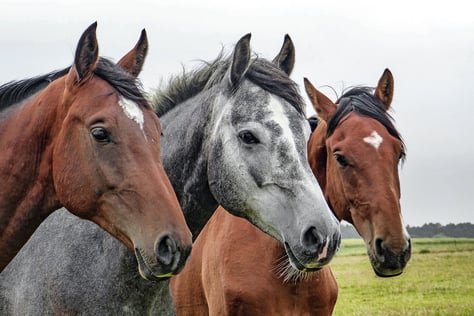How to Build a Rideable Indoor Arena
Posted by
Classic Equine Equipment Blog on Feb 12, 2020 11:28:07 AM
Call us today (800) 444-7430

 Location, Location, Location
Location, Location, Location


From horse stalls to barn doors, stable flooring and entrance gates, Classic offers the widest product lines in the industry while continuing to expand through innovation and strategic alliances.
We look forward to answering your questions. Our sales team is knowledgeable about everything from horse barn design to equine stall systems and readily available to assist you in planning your Classic barn!
ph: (800) 444-7430
em: sales@classic-equine.com
